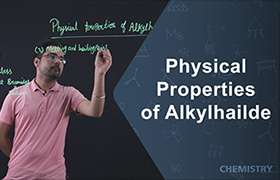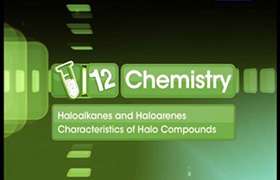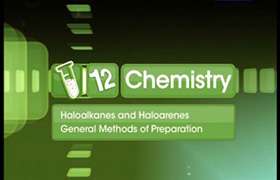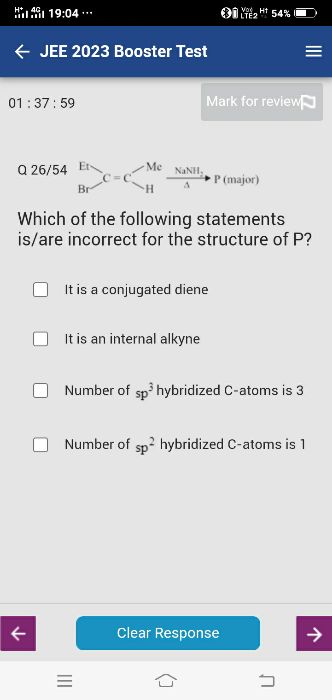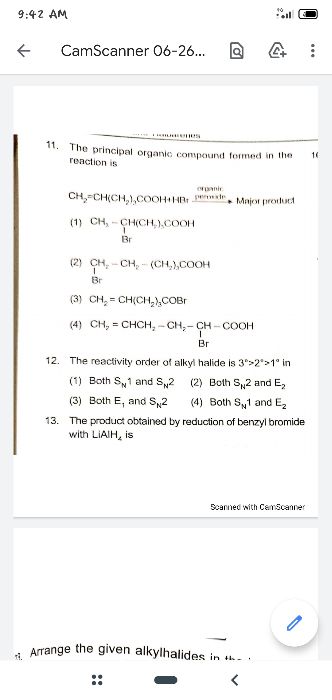CBSE Class 12-science Answered
In order to name complex compounds certain rules have been framed by IUPAC. These are as follows :
(1) The positive part of a coordination compound is named first and is followed by the name of negative part.
(2) The ligands are named first followed by the central metal. The prefixes di-, tri-, tetra-, etc., are used to indicate the number of each kind of ligand present. The prefixes bis (two ligands), tris (three ligands), etc., are used when the ligands includes a number e.g., dipyridyl, bis (ethylenediamine).
(3) In polynuclear complexes, the bridging group is indicated in the formula of the complex by separating it from the rest of the complex by hyphens. In polynuclear complexes (a complex with two or more metal atoms), bridging ligand (which links two metal atoms) is denoted by the prefix ? before its name.
(4) Naming of ligands : The different types of ligands i.e. neutral, negative or positive are named differently in a complex compound.
When a complex species has negative charge, the name of the central metal ends in ate. For some elements, the ion name is based on the Latin name of the metal (for example, argentate for silver). Some such latin names used (with the suffix ate) are given below:
|
Fe |
Ferrate |
Cu |
Cuperate |
|
Ag |
Argentate |
Au |
Aurate |
|
Sn |
Stannate |
Pb |
Plumbate |
(5) Point of attachment in case unidentate ligands with more than co-ordinating atoms(ambidentate ligands) : The point of attachment in case of unidentate ligands with more than one co-ordinating atoms is either indicated by using different names for the ligands (e.g, thiocyanato and isothiocyanato) or by placing the symbol of the donor atom attached, the name of the ligand separated by a hypen.
(NH4)3[Cr(SCN)6] (NH4)2[Pt(NCS)6]
Ammonium hexathioxy anato Schromate (III) Ammonium hexathiocy anato Schromate (III)
or or
Ammonium hexathiocy anatochrom ate (III) Ammonium hexaisothi ocyanatoplatinate (IV)
(6) Name of the bridging groups : If a complex contains two or more central metal atoms or ions, it is termed as polynuclear. In certain polynuclear complexes. ligands may link the two metal atoms or ions. Such ligands which link the two metal atoms or ions in polynuclear complexes are termed as bridge ligands. These bridge ligands are separated from the rest of the complex by hyphens and denoted by the prefix ?. If there are two or more bridging groups of the same kind, this is indicated by di-? tri? etc.
[(NH3)]5 Co NH2 Co (NH3)5](NO3)5
?amidobis [pentaammi necobalt (III)] nitrate
[(NH3)]5 Co NH2 Co (NH3)5]Cl5
?hydroxobis [pentammi necobalt (III)] chloride
(7) If any lattice component such as water or solvent of crystallisation are present, these follow the name and are preceded by the number of these groups (molecules of solvent of crystallisation) in Arabic numerals.
For example,
[Cu(H2O)4]SO4.H2O
tetraaquac opper(II)sulphate1 water
[Cr(H2O)4Cl2]Cl.2H2O
tetraaquad ichlorochromium (III)chloride 2water
(8) Following punctuation rules should also be followed while writing the name of the complex compounds.
(i) The name of the complete compound should not start a capital letter, e.g.,
[Cu(NH3)4]SO4
tetraammin ecopper (II)sulphate (Correct)
tetraammin ecopper (II)sulphate (Incorrect)
(ii) The full name of the complex ion should be written as one word without any gap.
(iii) There should be a gap between the cation and anion in case of ionic complexes.
(iv) The full name of non-ionic complexes should be written as one word without any gap.

